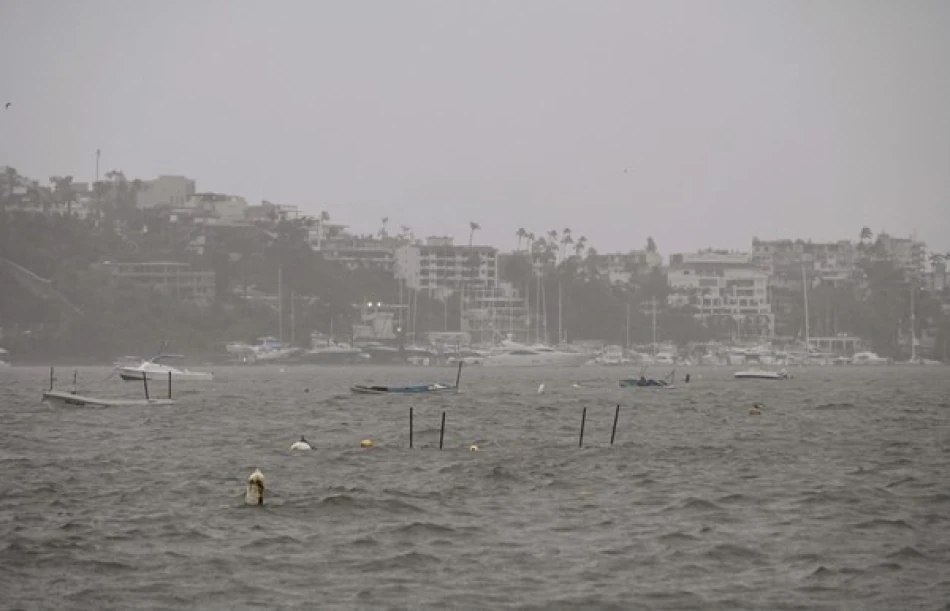
Two Lives Lost in Torrential Rains and Floods Ravaging Mexico
Mexico's Climate Crisis Deepens as Deadly Floods Strike Central State
Two people have died in flash floods that swept through Querétaro, central Mexico, as the country grapples with its most severe rainy season in decades. The fatalities underscore Mexico's growing vulnerability to extreme weather events that scientists directly link to accelerating climate change, threatening both lives and the nation's economic infrastructure.
Fatal Flooding Overwhelms Historic City
Local civil protection authorities confirmed that two victims were swept away by torrential rainwater in Querétaro, the architecturally renowned capital of the state bearing the same name. Their bodies were discovered just before midnight Friday in an area that suffered extensive flood damage.
The crisis prompted federal authorities to activate military assistance plans as heavy rains continued pounding the region throughout Saturday. Querétaro, known for its colonial architecture and UNESCO World Heritage sites, found itself battling both immediate safety concerns and potential long-term damage to its tourism infrastructure.
National Infrastructure Under Pressure
The weather system's reach extended far beyond Querétaro, temporarily shutting down operations at Mexico City's Benito Juárez International Airport—one of Latin America's busiest aviation hubs. Visibility issues forced flight suspensions, highlighting how extreme weather increasingly disrupts critical transportation networks across the region.
This disruption carries significant economic implications, as the airport serves as a crucial gateway for Mexico's $25 billion annual tourism industry and handles substantial cargo traffic supporting the country's manufacturing exports.
Record-Breaking Rainfall Signals New Climate Reality
Mexico's 2024 rainy season has shattered historical records, with June ranking as the third-wettest month since 1985, according to the National Water Commission (CONAGUA). The capital has been particularly affected, experiencing precipitation levels that strain decades-old drainage infrastructure designed for different climate patterns.
These statistics reflect a broader trend across Latin America, where countries from Guatemala to Brazil have reported similar increases in extreme precipitation events. The pattern mirrors climate projections that warned of intensifying weather volatility in tropical and subtropical regions.
Economic and Social Implications
For Mexico's economy, the recurring extreme weather poses mounting challenges. The country's manufacturing sector, heavily concentrated in central states like Querétaro, faces potential supply chain disruptions when floods damage transportation routes. Additionally, agricultural regions already struggling with irregular precipitation patterns may see further volatility in crop yields.
The human cost extends beyond immediate casualties. Repeated flooding strains Mexico's healthcare system, displaces communities, and diverts government resources from development projects toward emergency response and infrastructure repair.
Global Context of Extreme Weather
Mexico's situation reflects a worldwide pattern of intensifying extreme weather events. Scientists emphasize that climate change doesn't just increase average temperatures—it amplifies the severity, duration, and frequency of storms, droughts, and floods. This year alone, similar deadly flooding has struck regions from South Asia to Eastern Europe, suggesting that what Mexico experiences represents part of a global climate emergency rather than isolated regional challenges.
As Mexico continues to develop its climate adaptation strategies, the Querétaro floods serve as a stark reminder that infrastructure investment and emergency preparedness must accelerate to match the pace of environmental change threatening communities nationwide.
Most Viewed News

 Layla Al Mansoori
Layla Al Mansoori






